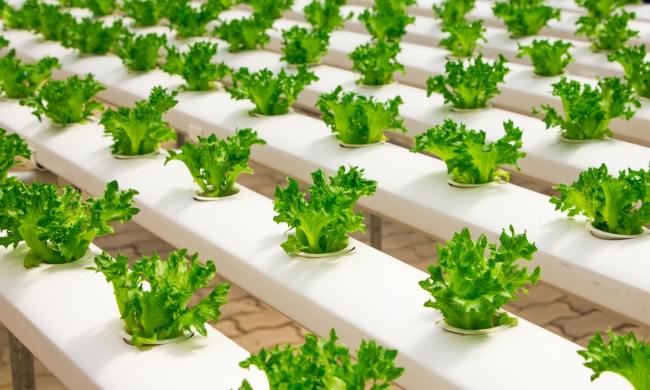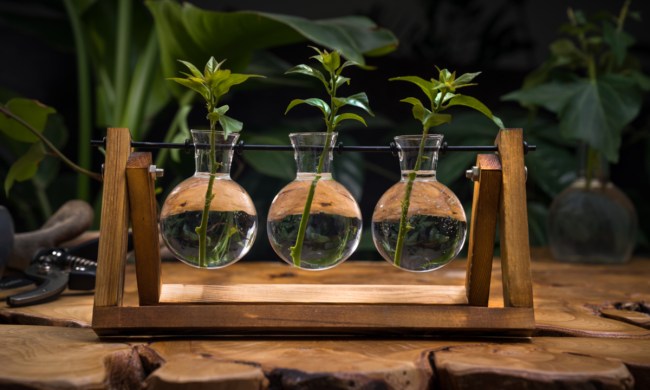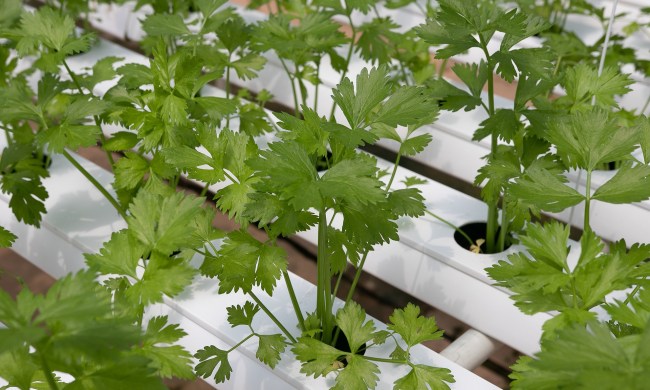It can be challenging to know what types of plants you can grow in the shade in zone 8 — knowing which kinds of plants like zone 8 and like the shade will help you fill in those darker corners of the garden. So here is a list of some of our favorite and more unique options for shade-loving zone 8 friendly plants.
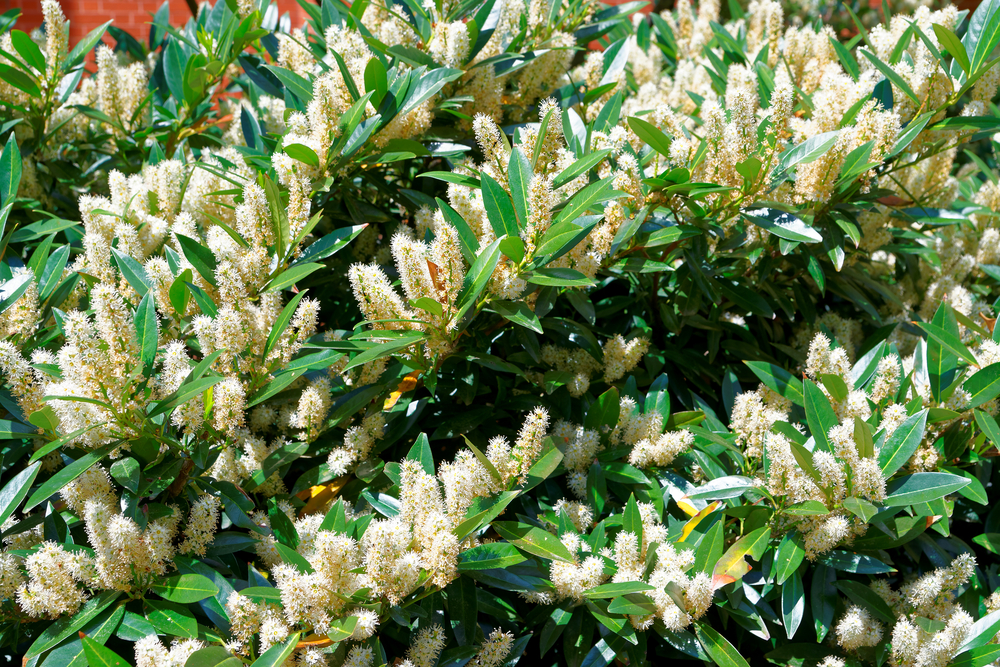
Itea Sweetspire
Native to the United States, this plant will do well in zone 8 and is a lovely addition to any flower garden. The Itea Sweetspire, also known as Virginia sweetspire or Virginia willow, is a shrub that can grow up to six feet tall and six feet wide in the wild. However, when cultivated and grown in our landscaping, they typically only reach about 18 inches tall and 3 feet wide. Their green leaves are about 4 inches long and turn beautiful yellow, orange, and red shades during the fall. The tube-shaped blooms attract butterflies and the berries it produces provide food for the birds.
This shrub wants moist to wet soil and partial to full shade. When its conditions are right, it will push out those adorable little flowers in May. And while it prefers wet soil, it’s surprisingly drought tolerant!
Pineapple lilies
The pineapple lily, or Eucomis, are extremely frost tender but are an adorable floral version of the yummy pineapple. White-ish yellow flowers cluster around a tall stem and resemble the tropical fruit we all know and love. They’re typically annuals, but sometimes they will come back year after year. The pineapple lily only grows to be about 12 to 15 inches tall and grows from a bulb. The flowers appear between July and August and produce a faint yet unpleasant aroma. While they do best in zones 10 and 11, they often do well in zone 8 when cared for and dug up over the winter months. This plant prefers dappled shade and would be an excellent plant to add to your flower garden if you’re looking for something a little different.
Ajuga
If you’re looking for a shade-loving ground cover with whimsical flowers, then look no further than the ajuga or carpet bugleweed. It’s a creeping evergreen that will quickly fill in those gaps in your landscaping and provide excellent erosion protection. The flowers it produces can range in color from blue to purple to even white. Typically, it has pretty green foliage, but it’s been known to have purple leaves as well. So no matter what, this plant is sure to bring a splash of color to your garden. It loves moist soil but is a little tolerant to droughts, and while it can survive in some sun, it will prefer the shade. However, this plant is a part of the mint family, and it should be kept in check if you don’t want it to take over your whole garden!
Coral bells
You should consider planting coral bells for those dark corners of your garden where you don’t think anything except moss will grow. Of course, they will do well in dappled shade, but they can grow great in deep shade as well. Also known as alumroot or by their Latin name Heuchera these plants are zone hardy all the way down to zone 3! Their foliage can range in color from bronze and purple, so you’ll have some color in the garden even when they aren’t in bloom. When they’re flowering, you’ll be rewarded with tall spikes of bell-shaped flowers, hence their nickname. They bloom in late spring to early summer and can range in color from white, pink, coral, or deep red. The coral bell plant is easy to care for and doesn’t need much attention. You can deadhead the dying blooms if you’d like, but it’s not necessary.
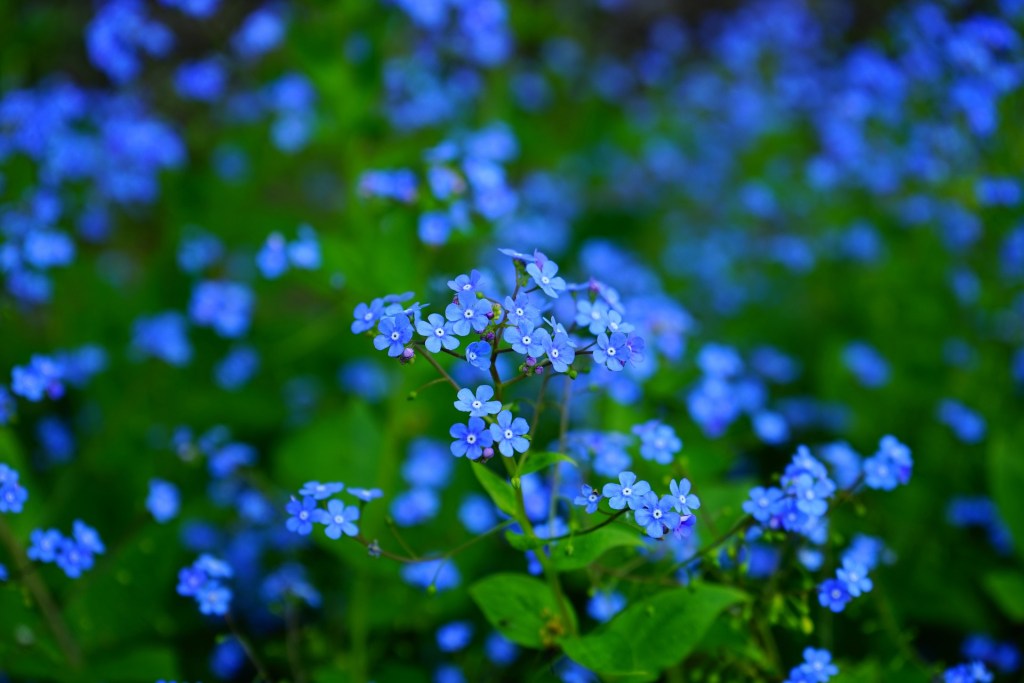
Brunnera siberian bugloss
This plant’s tiny blue flowers contrast its mouthful of a name. The Brunnera plant is also called “false forget-me-not” and has pretty light green heartshaped leaves that provide an attractive look in the garden when the tiny pale blue flowers aren’t blooming. The leaves also come in gray, silver, or even white colors. The blue flowers appear in early to mid-spring and are so small you’ll have to inspect them very closely to check out their little petals. This plant likes partial to full sun and well-draining soil that almost constantly stays moist. However, avoid the soil getting dry or soggy. When cared for properly, they can reach about one and a half feet in height and two feet wide. They grow in a small mound shape and would be ideal for cottage garden styles.
So whether you have full or partial shade, these flowering plants can add some much-needed color in an otherwise dark place. Remember that none of them will want their soil to be soggy, but they don’t want to be dry either.
